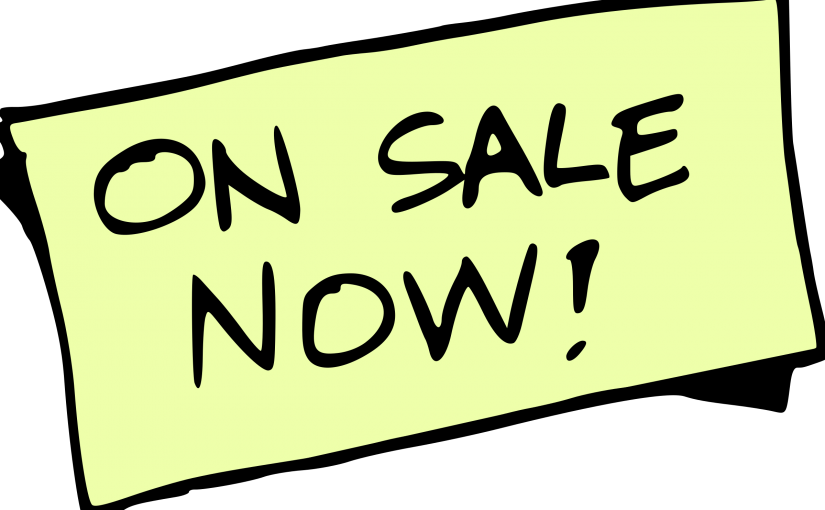CMS has released FAQs related to new guidance on testing in nursing facilities. The FAQs address long-standing questions posed from providers. The questions address various issues including false negatives with point of care antigen tests, triggering of outbreak status, testing of emergency medical personnel and clarification on turnaround time for tests. The FAQs can be found here
Tag: GeroNursePrep
Video: How Staff Can Stay Safe During the Holiday Season
In a new video for frontline long term care workers, AHCA/NCAL’s Chief Medical Officer Dr. David Gifford is joined by Dr. Shari Ling, Deputy Medical Director at the Centers for Medicare and Medicaid Services (CMS). The two chat about ways staff members can help keep their residents, colleagues, family members and themselves safe during the holiday season by discussing some myths we’ve heard and offering the facts.
National Rural Health Day, November 19, 2020
HRSA is hosting a variety of events throughout the week of November 16 to celebrate National Rural Health Day (NRHD) on November 19. While these events are open to the public, registration is required for some events.
NRHD is HRSA’s opportunity to showcase the work and accomplishments across the agency supporting rural health and to applaud rural communities in their ongoing efforts to address the unique challenges of accessing and delivering health care services.
Find out more by going to https://www.hrsa.gov/rural-health/about-us/rural-healthday.html
It’s All About the Outcomes!
And SNF RNs Trained in Gerontological Nursing Get Better Patient Outcomes!
-
- Higher average SNF VBP Performance Scores (44.2 versus 34.4 national average)
- Fewer survey deficiencies
- Fewer IJ citations
- Lower rehospitalization rates
- Lower rates of off-label use of antipsychotics
- Higher CMS 5-Star ratings
RNs – Advance Your Gerontological Nursing Knowledge With Gero Nurse Prep and Save $100.
Gero Nurse Prep is on sale through November 15! Save $100 off the regular registration fee by using promo code GETGNP20 (all caps). AHCA/NCAL Gero Nurse Prep provides tremendous value at this AHCA/NCAL member $590 sale price. That’s less than $20 per contact hour for outstanding nursing education that makes a measurable difference on so many fronts. For RNs interested in pursuing Board certification through ANCC, there is an additional and separate cost of $395.
The RN Piece of the Quality Puzzle Makes All the Difference!
-
- Higher average SNF VBP Performance Scores (44.2 versus 34.4 national average)
- Fewer survey deficiencies
- Fewer IJ citations
- Lower rehospitalization rates
- Lower rates of off-label use of antipsychotics
- Higher CMS 5-Star rating
To help RNs prepare for the certification exam, AHCA/NCAL offers an online course developed and managed by UNMC’s College of Nursing called Gero Nurse Prep. RNs who complete the course earn 30 nursing contact hours and experience a 96% pass rate on the ANCC certification exam on the first try. Gero Nurse Prep students see a whopping 24 percent average increase between their pre- and post-test scores.
Gero Nurse Prep is on sale through November 15! Save $100 off the regular registration fee by using promo code GETGNP20 (all caps). AHCA/NCAL Gero Nurse Prep provides tremendous value at this AHCA/NCAL member $590 sale price. That’s less than $20 per contact hour for outstanding nursing education that makes a measurable difference on so many fronts. For RNs interested in pursuing Board certification through ANCC, there is an additional and separate cost of $395.
Find out more at https://www.ahcancal.org/News-and-Communications/Blog/Pages/The-RN-Piece-of-the-Quality-Puzzle-Makes-All-the-Difference!-.aspx
Gero Nurse Prep is on Sale!
Now through November 15th – save big on Gero Nurse Prep when you use the promo code GETGNP20 (all caps) at the time of registration.
AHCA/NCAL Virtual Convention & Expo Starts Thursday!
The Virtual Convention & Expo provides an essential opportunity to learn, share, and connect with one another. From October 8-31, you’ll have 24 days of access so you earn CEs when it is most convenient to you.
To register, or to learn more about all the exciting events taking place, go to https://www.eventscribe.com/2020/AHCANCAL/
This coming Thursday, October 8th at 10:30 AM (CST), talk to Gero Nurse Prep Director Dr. Heidi Keeler at the “Chat Take-Over” in the COVID/Infection Prevention Lounge.
Trio of Webinars to Address Vital COVID Labor, Staffing, and Flu Issues
Long term and post-acute care providers can access a series of webinars this week on significant issues tied to both the COVID-19 pandemic and the traditional flu season, according to an update from the American Health Care Association/National Center for Assisted Living (AHCA/NCAL).
Find out more by going to http://www.providermagazine.com/news/Pages/2020/SEPTEMBER/Trio-of-Webinars-to-Address-Vital-COVID-Labor,-Staffing,-and-Flu-Issues-.aspx
Keeping Residents Active Can Forestall Falls
It is important for physicians, staff, and families to find creative ways for residents to stay on the move.
Read more at http://www.providermagazine.com/archives/2020_Archives/Pages/0620/Keeping-Residents-Active-Can-Forestall-Falls.aspx







